The Universe-25 experiment: How Heaven became Hell
Categories: Science
By Pictolic https://pictolic.com/article/the-universe-25-experiment-how-heaven-became-hell.htmlAs part of a social experiment, paradisiacal conditions were created for the mouse population: unlimited supplies of food and drink, the absence of predators and diseases, sufficient space for reproduction. However, as a result, the entire colony of mice became extinct. Why did this happen? And what lessons should humanity learn from this?
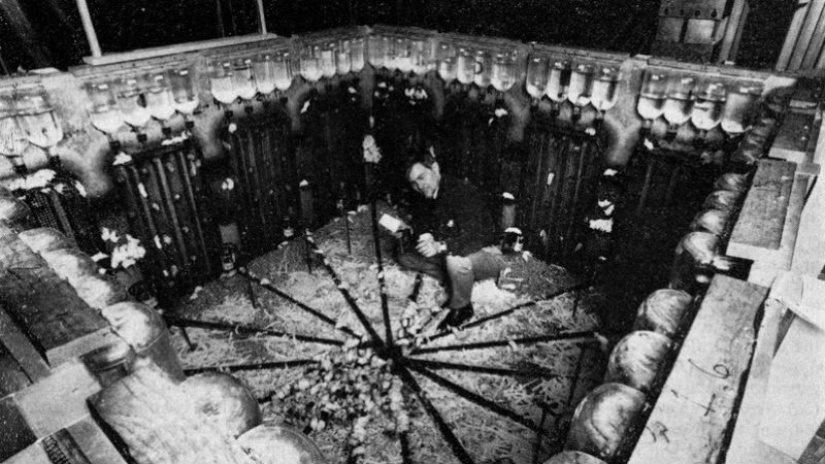
American ethologist John Calhoun conducted a number of amazing experiments in the 60-70s of the twentieth century. D. Calhoun invariably chose rodents as experimental subjects, although the ultimate goal of research has always been to predict the future for human society.
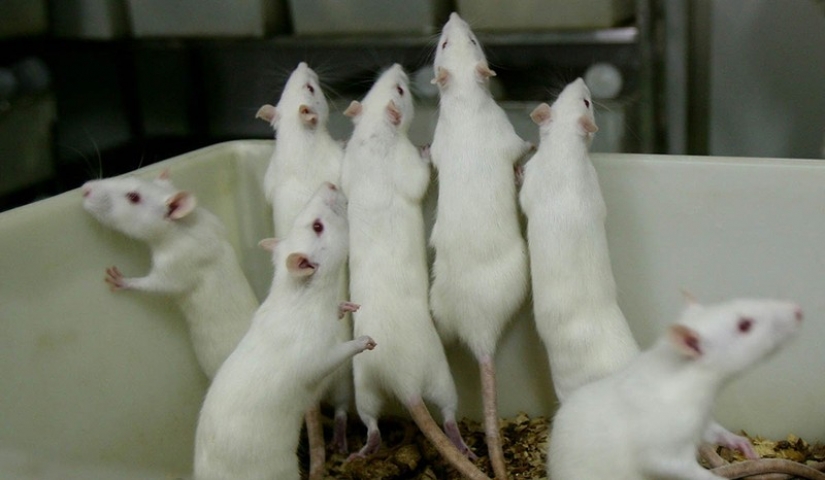 As a result of numerous experiments on rodent colonies, Calhoun formulated a new term - "behavioral sink", which denotes the transition to destructive and deviant behavior in conditions of overpopulation and crowding.
As a result of numerous experiments on rodent colonies, Calhoun formulated a new term - "behavioral sink", which denotes the transition to destructive and deviant behavior in conditions of overpopulation and crowding.
With his research, John Calhoun gained some fame in the 60s, as many people in Western countries experiencing the post-war baby boom began to think about how overpopulation would affect public institutions and everyone in particular.

He conducted his most famous experiment, which made an entire generation think about the future, in 1972 together with the National Institute of Mental Health (NIMH).
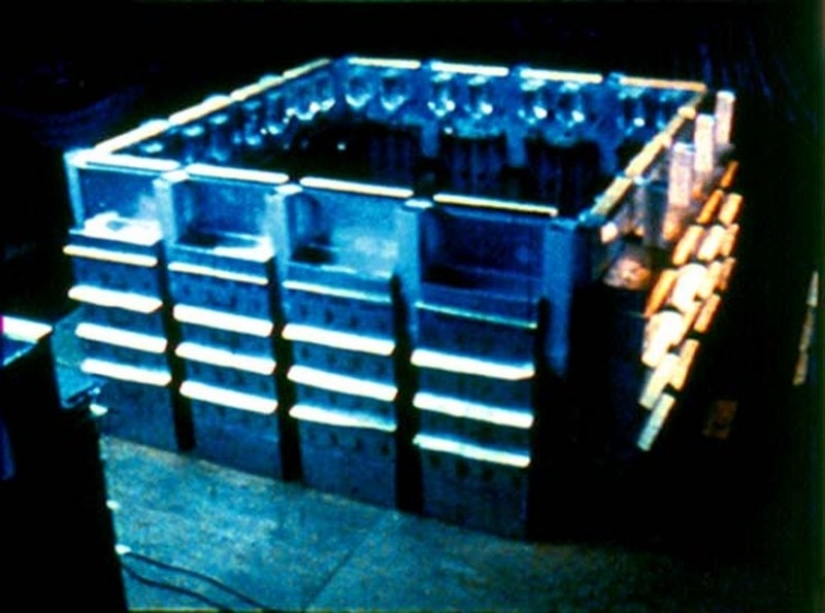 Every week, the tank was cleaned and maintained in constant cleanliness, all necessary safety measures were taken: the appearance of predators in the tank or the occurrence of mass infections was excluded. The experimental mice were constantly monitored by veterinarians, their health status was constantly monitored.
Every week, the tank was cleaned and maintained in constant cleanliness, all necessary safety measures were taken: the appearance of predators in the tank or the occurrence of mass infections was excluded. The experimental mice were constantly monitored by veterinarians, their health status was constantly monitored.
The system of providing food and water was so well thought out that 9500 mice could simultaneously eat without experiencing any discomfort,and 6144 mice could consume water without experiencing any problems.
There was more than enough space for the mice, the first problems of lack of shelter could arise only when the population reached more than 3840 individuals. However, there have never been such a number of mice in the tank, the maximum population size was noted at the level of 2200 mice.
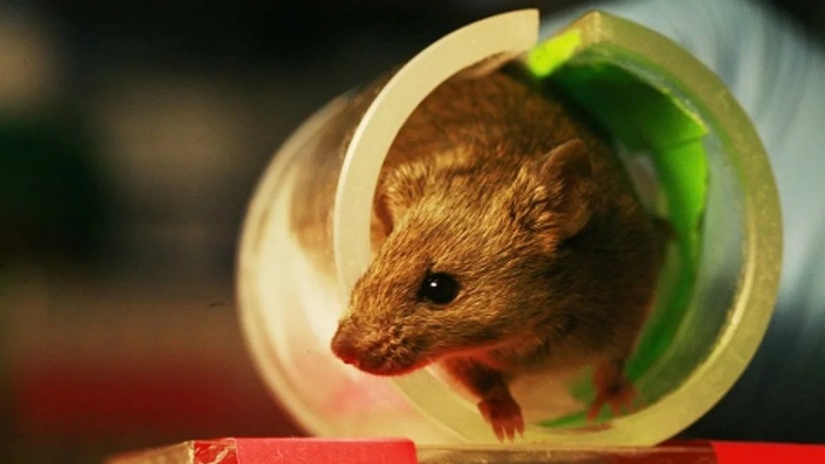 The experiment started from the moment of placing four pairs of healthy mice inside the tank, which took quite a bit of time to get used to, realize what kind of mouse fairy tale they were in, and begin to multiply rapidly.
The experiment started from the moment of placing four pairs of healthy mice inside the tank, which took quite a bit of time to get used to, realize what kind of mouse fairy tale they were in, and begin to multiply rapidly.
Calhoun called the development period phase A, but from the moment of the birth of the first cubs, the second stage B began. This is the stage of exponential growth of the population in the tank under ideal conditions, the number of mice doubled every 55 days.
Starting from the 315th day of the experiment, the population growth rate slowed down significantly, now the number doubled every 145 days, which marked the entry into the third phase C. At that moment, about 600 mice lived in the tank, a certain hierarchy and a certain social life were formed. There is physically less space than there was before.
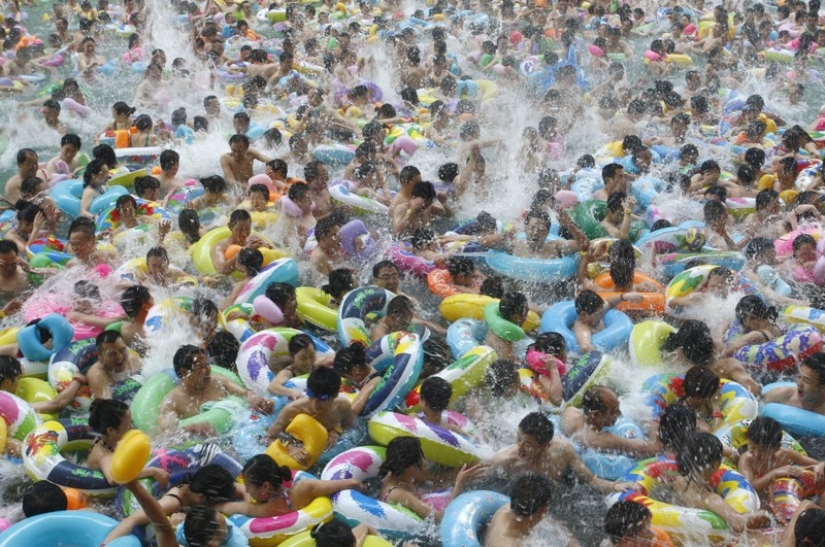 A category of "outcasts" appeared, who were expelled to the center of the tank, they often became victims of aggression. It was possible to distinguish the group of "outcasts" by bitten tails, torn hair and traces of blood on the body. The outcasts consisted primarily of young individuals who had not found a social role for themselves in the mouse hierarchy.
A category of "outcasts" appeared, who were expelled to the center of the tank, they often became victims of aggression. It was possible to distinguish the group of "outcasts" by bitten tails, torn hair and traces of blood on the body. The outcasts consisted primarily of young individuals who had not found a social role for themselves in the mouse hierarchy.
 After the expulsion, the males broke down psychologically, showed less aggression, did not want to protect their pregnant females and perform any social roles. Although they periodically attacked either other individuals from the society of "outcasts", or any other mice.
After the expulsion, the males broke down psychologically, showed less aggression, did not want to protect their pregnant females and perform any social roles. Although they periodically attacked either other individuals from the society of "outcasts", or any other mice.
Females preparing for the birth of cubs became more and more nervous, as a result of the increase in passivity among males, they became less protected from accidental attacks. As a result, the females began to show aggression, often fighting, protecting the offspring.
However, the aggression was paradoxically not directed only at others, no less aggressiveness was manifested in relation to their children. Often the females killed their young and moved to the upper nests, became aggressive hermits and refused to reproduce. As a result, the birth rate has fallen significantly, and the mortality of young animals has reached significant levels.
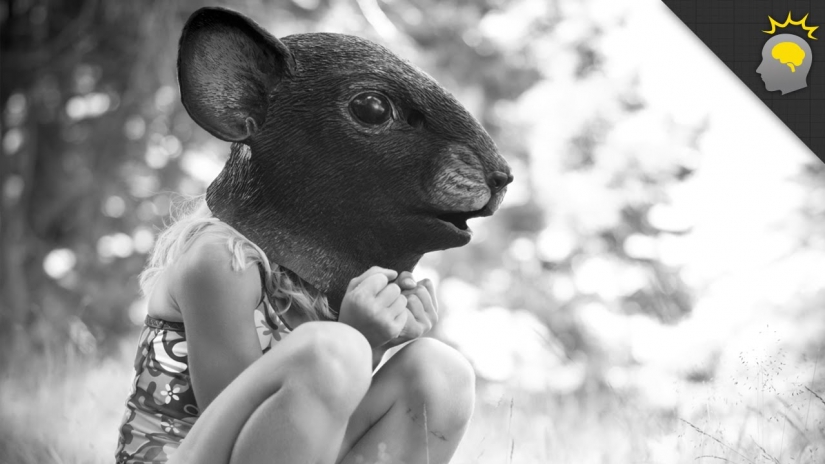 Soon the last stage of the existence of the mouse paradise began-phase D, or the death phase, as John Calhoun called it. The symbol of this stage was the appearance of a new category of mice, called "beautiful". These included males demonstrating uncharacteristic behavior for the species, refusing to fight and fight for females and territory, showing no desire to mate, and prone to a passive lifestyle.
Soon the last stage of the existence of the mouse paradise began-phase D, or the death phase, as John Calhoun called it. The symbol of this stage was the appearance of a new category of mice, called "beautiful". These included males demonstrating uncharacteristic behavior for the species, refusing to fight and fight for females and territory, showing no desire to mate, and prone to a passive lifestyle.
The "beautiful" only ate, drank, slept and cleaned their skin, avoiding conflicts and performing any social functions. They got this name because, unlike most of the other inhabitants of the tank, there were no traces of brutal battles, scars and torn fur on their bodies, their narcissism and self-admiration became legendary.
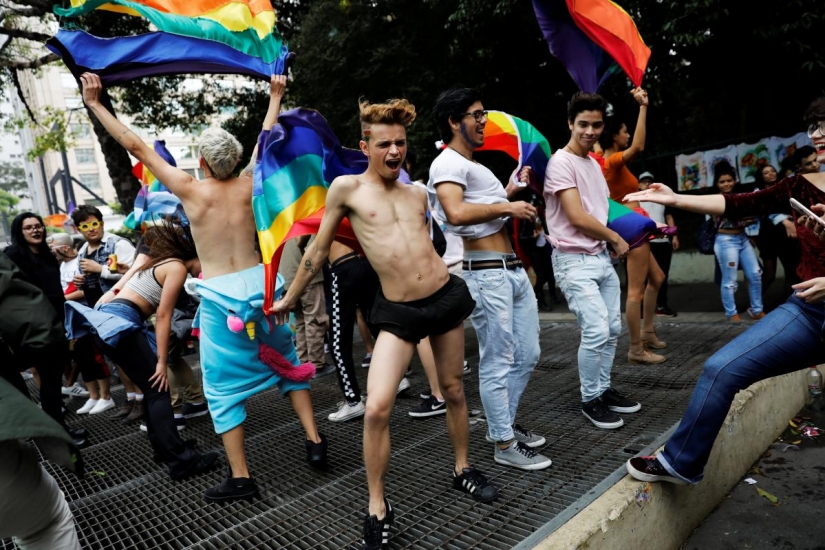 The researcher was also struck by the lack of desire among the "beautiful" to mate and reproduce, among the last wave of births in the tank," beautiful " and single females who refuse to reproduce and run away to the upper nests of the tank became the majority.
The researcher was also struck by the lack of desire among the "beautiful" to mate and reproduce, among the last wave of births in the tank," beautiful " and single females who refuse to reproduce and run away to the upper nests of the tank became the majority.
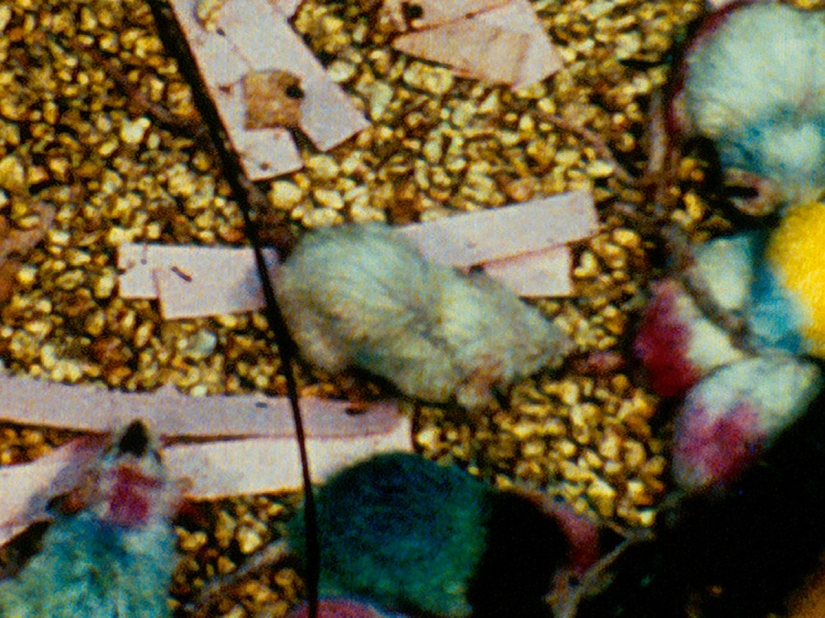 The endangered mice practiced homosexuality, deviant and inexplicably aggressive behavior in conditions of an excess of vital resources. Cannibalism flourished with a simultaneous abundance of food, the females refused to raise their cubs and killed them. The mice were rapidly dying out, on the 1780th day after the start of the experiment, the last inhabitant of the "mouse paradise"died.
The endangered mice practiced homosexuality, deviant and inexplicably aggressive behavior in conditions of an excess of vital resources. Cannibalism flourished with a simultaneous abundance of food, the females refused to raise their cubs and killed them. The mice were rapidly dying out, on the 1780th day after the start of the experiment, the last inhabitant of the "mouse paradise"died.
Anticipating such a catastrophe, D. Calhoun, with the help of his colleague Dr. H. Marden, conducted a number of experiments at the third stage of the death phase. Several small groups of mice were removed from the tank and relocated to equally ideal conditions, but also in conditions of minimal population and unlimited free space.
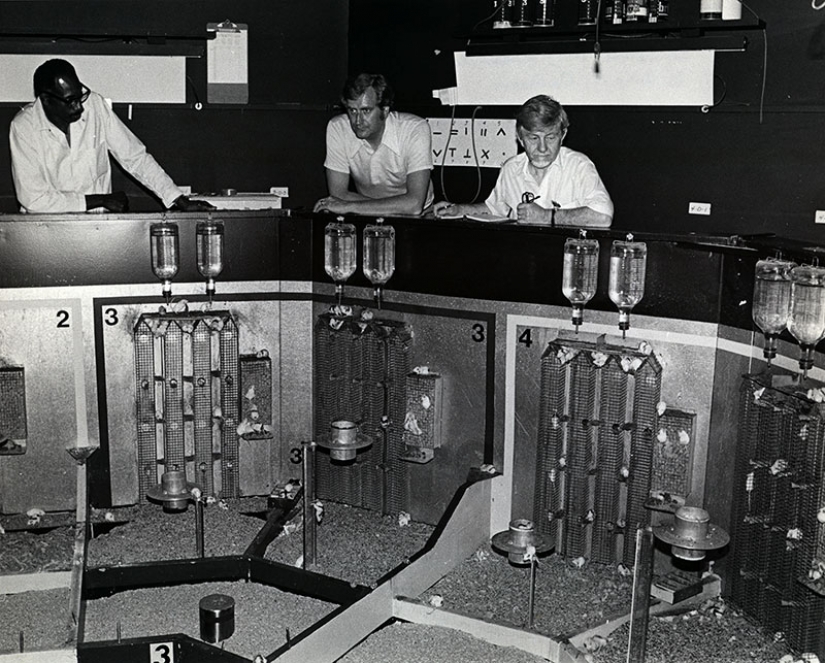 No crowding and intraspecific aggression. In fact ,the" beautiful " and single females were recreated the conditions under which the first 4 pairs of mice in the tank multiplied exponentially and created a social structure.
No crowding and intraspecific aggression. In fact ,the" beautiful " and single females were recreated the conditions under which the first 4 pairs of mice in the tank multiplied exponentially and created a social structure.
But, to the surprise of scientists, the "beautiful" and single females did not change their behavior, refused to mate, reproduce and perform social functions related to reproduction. As a result, there were no new pregnancies, and the mice died of old age.
Similar identical results were observed in all the resettled groups. All the experimental mice died while being in ideal conditions.
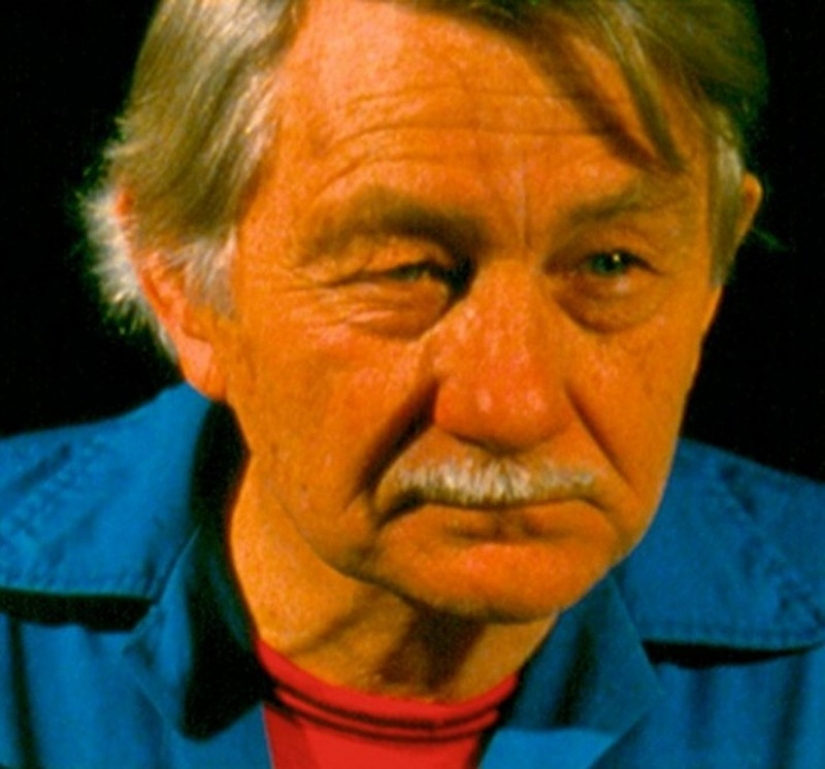 John Calhoun created the theory of two deaths based on the results of the experiment. The "first death" is the death of the spirit. When newborn individuals did not have a place in the social hierarchy of the "mouse paradise", there was a lack of social roles in ideal conditions with unlimited resources, there was an open confrontation between adults and young rodents, the level of unmotivated aggression increased.
John Calhoun created the theory of two deaths based on the results of the experiment. The "first death" is the death of the spirit. When newborn individuals did not have a place in the social hierarchy of the "mouse paradise", there was a lack of social roles in ideal conditions with unlimited resources, there was an open confrontation between adults and young rodents, the level of unmotivated aggression increased.
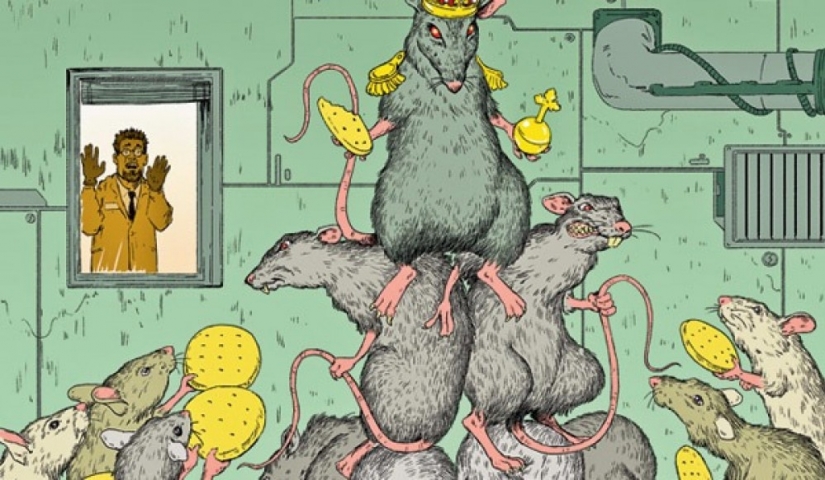 In an ideal world, in safety, with an abundance of food and water, and the absence of predators, most individuals only ate, drank, slept, and took care of themselves. A mouse is a simple animal, for it the most complex behavioral models are the process of courting a female, breeding and caring for offspring, protecting the territory and cubs, participating in hierarchical social groups. The psychologically broken mice refused all of the above.
In an ideal world, in safety, with an abundance of food and water, and the absence of predators, most individuals only ate, drank, slept, and took care of themselves. A mouse is a simple animal, for it the most complex behavioral models are the process of courting a female, breeding and caring for offspring, protecting the territory and cubs, participating in hierarchical social groups. The psychologically broken mice refused all of the above.
Calhoun calls this rejection of complex behavioral patterns "the first death", or "the death of the spirit". After the onset of the "first death", physical death ("second death" in Calhoun's terminology) is inevitable and is a matter of short time. As a result of the" first death "of a significant part of the population, the entire colony is doomed to extinction even in the conditions of"paradise".
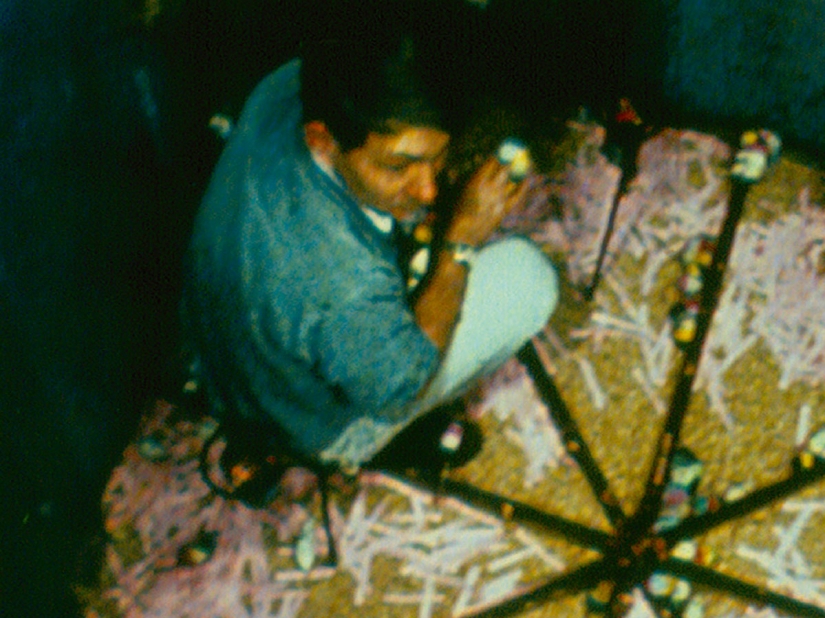 Once Calhoun was asked about the reasons for the appearance of a group of rodents "beautiful". Calhoun drew a direct analogy with a person, explaining that the key feature of a person, his natural destiny is to live in conditions of pressure, tension and stress.
Once Calhoun was asked about the reasons for the appearance of a group of rodents "beautiful". Calhoun drew a direct analogy with a person, explaining that the key feature of a person, his natural destiny is to live in conditions of pressure, tension and stress.
The mice who refused to fight, who chose the unbearable lightness of being, turned into autistic "beauties", capable only of the most primitive functions — eating and sleeping. The "beauties" refused everything complex and demanding tension and, in principle, became incapable of such strong and complex behavior.
Calhoun draws parallels with many modern men, capable only of the most routine, everyday actions to maintain a physiological life, but with an already deceased spirit. What is expressed in the loss of creativity, the ability to overcome and, most importantly, to be under pressure. Refusal to accept numerous challenges, escape from tension, from a life full of struggle and overcoming — is the" first death " in John Calhoun's terminology, or the death of the spirit, followed inevitably by a second death, this time — of the body.
Perhaps you still have a question: why was D. Calhoun's experiment called "Universe-25"? This was the twenty-fifth attempt of the scientist to create a paradise for mice, and all the previous ones ended in the death of all the experimental rodents…
Keywords: Colony | Mice | Scientists | Experiment
Post News ArticleRecent articles

A year before Madonna first appeared on television and confidently told American Bandstand host Dick Clark that she was going to ...

In a recent issue of sexual harassment on everyone's lips. Inappropriate and Intrusive signs of attention began to see around, even ...
Related articles

If you have a dog, then you probably noticed that when he curls up at night at your feet, he sleeps especially soundly. Scientists ...

It is well known that giving up bad habits, physical activity and good sleep can prolong a person's youth. More recently, another ...

Sex — is not only enjoyable, but also a very useful exercise. Orgasm improves the General condition of the organs and ...

At first glance, it was an ordinary wedding, and even the priest of the San Jorge Church did not notice anything strange. But in ...